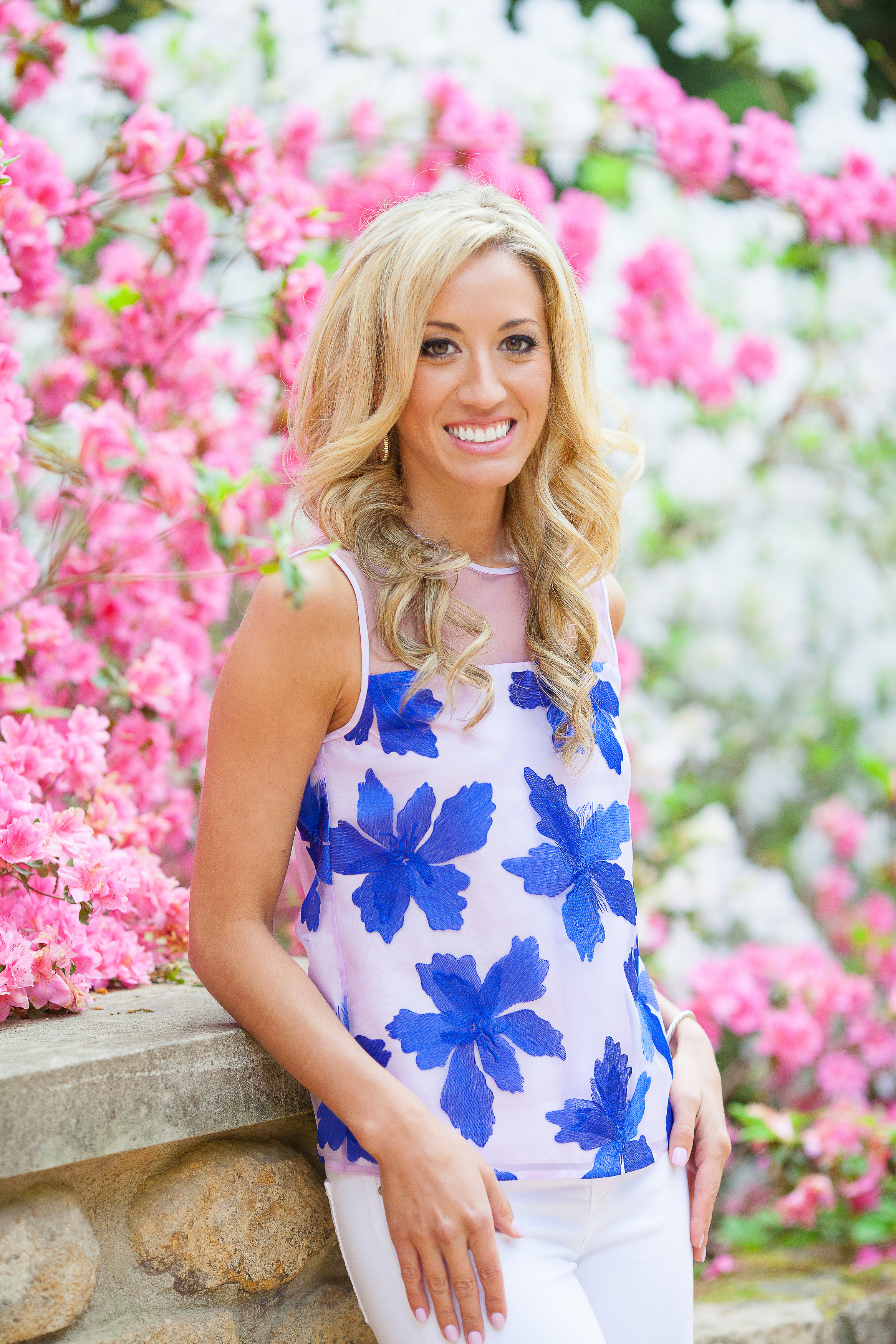8 Twin Infant Sleep Tips From A Certified Sleep Consultant (Guest Blogger)
Written by: Desiree Baird, a guest blogger, fellow twin mom, and certified sleep consultant
If you’re reading this blog post, then you were most likely blessed with a set of twins. Guess what? So was I! This means you are definitely having sleepless nights and you probably feel like you are running on fumes. The good news is that it DOES get better right around the 6 month mark. The bad news is sometimes when you are in the thick of things, 6 months seems like FOREVER —especially if your babies are only a few weeks old!


So, let’s get into what you really want to know about – my top twin sleep tips. And if you need more help after implementing these ideas, feel free to seek me out so we can get you and your little one’s some better sleep.
1. Twins sleeping together is okay at night, but consider separating them for naps.
When I work with twin parent clients, I always tell them that when we start working on improving naps we may need to separate the babies. Why? Because day sleep is much lighter and different than night sleep. Of course, I have worked with twin moms that didn’t have the room in their home to separate the twins, and we navigated around it, but if you do have the luxury to have two set ups then take advantage of this. Night sleep is a deeper sleep due to our bodies naturally producing melatonin at night. And if you are breastfeeding, your babies will get an extra boost of melatonin at night since nighttime milk has more melatonin to help baby relax and sleep better.
2. Ensure you have the basics down: Blackout blinds, white noise and a swaddle / wearable blankets.
Your babies do not have a fear of the dark. In fact, they will not be scared of the dark until they begin to have an imagination which is around 2.5 – 3 years of age. Keeping a room very dark is important for sleep since any type of light can stimulate a baby or interfere with melatonin production. If you must have a light for middle of the night feedings, then think about using a warm amber light.
White noise machines are equally as important as keeping the room dark. Your little ones are used to a sound as loud as a lawnmower. When they are born the silence of our universe is almost deafening to them. So, a white noise machine will help soothe them to/back to sleep. PLUS, it can help drown out the sound of the other twin if one of them wakes early or is fussy.
Lastly, I recommend the Love To Dream Swaddle Up Original or the Love To Dream Swaddle Up 50/50. The material is super soft, allows your twins to learn how to self soothe, and provides a similar feeling of security as the womb. The Swaddle Up 50/50 also makes transitioning from a swaddle easy peasy as it can be used as a wearable blanket with zip-off arm holes.
3. When one baby wakes to feed, always wake the other baby.
This is self-explanatory, but I still have people ask me all the time if they should feed their babies at the same time or wake one of them. My answer is ABSOLUTELY. Why take a chance of having one wake shortly after you fed the other baby and risk getting less sleep for yourself?
4. Keep a log.
I did this even with my singleton to ensure my husband and I could take over as the main caretaker at any point of time. Naturally, it is even more important with twins. Keep a log to help you look for patterns. You’ll want to log such things as: when they nap, when they are awake, what their moods are when they go to sleep/wake, what type of tired signs do they give you, and when they feed and how much they feed. This will help you stay on track and be more successful with timing of naps and bedtime.
5. When one wakes up from a nap, wake the other within 15 minutes.
Just like feeding at the same time, keep your twins awake and going down for naps and bed at the same time. Otherwise, you will drive yourself nuts! This means that if one wakes earlier from a nap don’t rush to her. Let her fuss to see if she will return back to sleep. If she doesn’t and it’s been 15 minutes, then go get her and wake the other twin.
6. Identify the sensitive sleeper.
There always seems to be one baby that’s just a bit more sensitive than the other. For me it was my daughter. She took longer to fall asleep. And if she fell asleep quickly, she would wake earlier. My advice: follow the lead of the sensitive baby and base all naps and bedtimes on their needs. You’ll be surprised, the other twin usually just adapts.
7. Nap time and bedtime routines are crucial.
Even with one baby routines are important! Why? Because a baby cannot tell time. They don’t know that it’s 7pm. And, at first, they definitely don’t know that it’s their bedtime. It’s our job as parents to implement a relaxing and brief routine before it’s time to go to sleep. An example of a nap routine could be something like this: changing diapers, putting them in sleep sacks, reading a book, giving kisses, saying “night night,” and being sure to leave the room with a white noise machine on and curtains closed. Bedtime may be very similar to the nap routine, except it just includes a nursing or feeding session in the beginning of the routine. Whatever you choose to do, just be consistent and keep it brief.
8. Be flexible.
Remember, you are caring for little humans — not robots! Your number one job as a parent is to tend to your little one’s needs. If your little one is sick or there’s something out of the ordinary going on such as milestones, teething, separation anxiety, etc., then you may need to spend more time with them in a calm environment to get them to sleep. My general rule of thumb is to be consistent 90% off of the time and leave that 10% for when your little ones need extra love from you.
Here’s to hoping for a good night’s rest in the very near future for you and your babies!
Image provided by: Desiree Baird
About Desiree
Desiree Baird is a certified sleep consultant and a mother of three. Her two eldest children are boy/girl twins. As a twin mom, Desiree experienced many sleepless nights the first 5 months of her twins’ life. She felt helpless and decided to study sleep on her own so that she could ensure her twins became better sleepers and were set up for success. Eight years later when Desiree became pregnant with her third baby, she decided to take her sleep education to the next level by becoming certified. Her mission is to help moms —especially twin moms — all over the world with sleep consulting. She resides in Seattle, WA. For more information, visit her website at www.pediatricsleepcoach.com and follow her on Instagram @the_sleepcoach.






